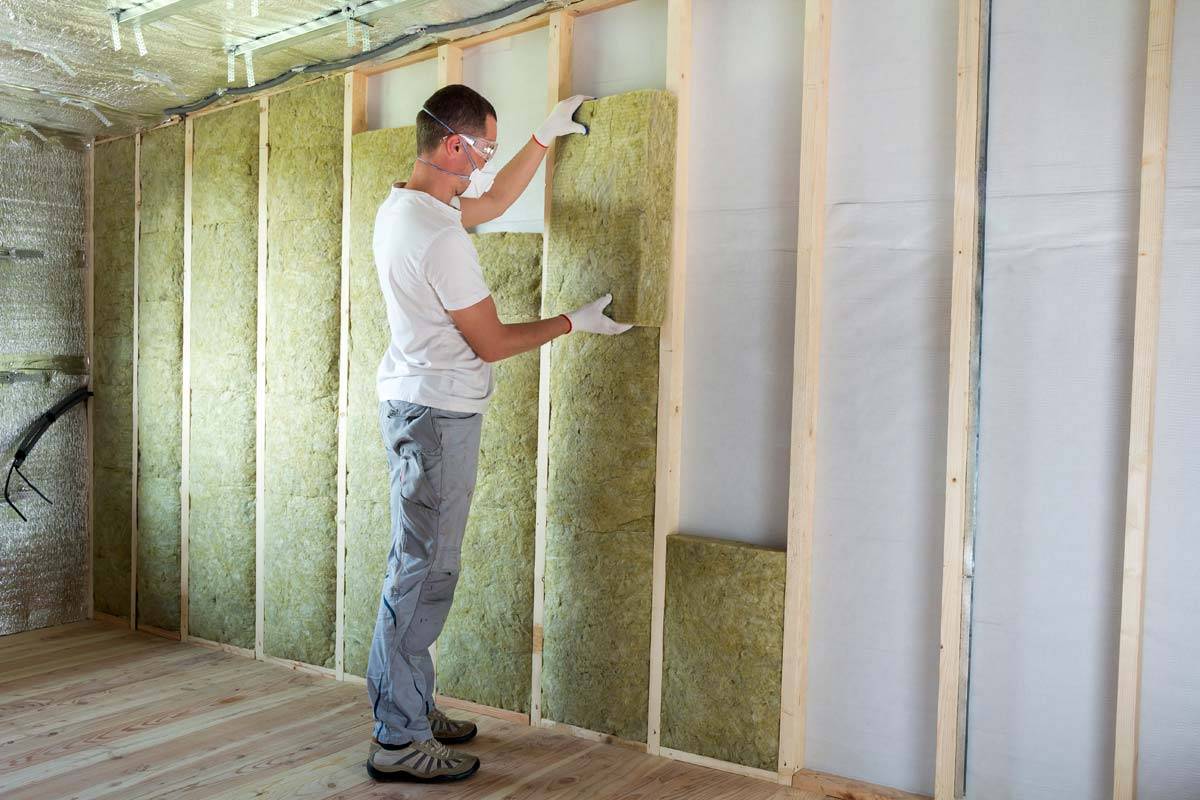Insulated Dry Lining of internal walls is not the only way to insulate and line the internal walls of a building. Independent lining is another method where the "U" value of insulation could be marginally lower (which means better) than even dry lining. However it is sometimes near impossible to maintain the building aesthetics, architectural features and building structural integrity in existing properties except with insulated dry lining.
Note worthy features of Dry Lining Insulated dry lining is a non complicated simple composite panel of expanded polystyrene foam slab with a lining of plasterboard on one side. The insulation is available in several thicknesses (eg.45.5 mm to 30.5 mm) depending on your design insulation property of walls. The thickness of the plasterboard liner is typically about 9.5 mm. The typical "U" factor range of an insulated liner board worked out according to BS/EN/ISO 6946:1997 is 0.33 to 0.23 w/m2k.
When it comes to fire resistance, the 9.5mm plasterboard provides the panel integrity till evacuation is complete. The EPS foam is mostly air in beads and therefore does not support combustion. Additionally it is given a fire retardant chemical treatment at the factory.
Insulated dry lining is with zero ODP. Though EPS is a petroleum by product, the quantity used is minimal.
What are the advantages?
Expanded Polystyrene Foam insulation comes in several densities but every one of them by itself is a structurally rigid self supporting element. The rigid EPS board also provides a degree of support to the plasterboard lining making it more impact resistance. The EPS foam board material is impervious to moisture. Therefore in wall insulation retrofits the dry lining boards provides excellent protection. Installation is dry, convenient, labour saving and economical as only adhesives and mechanical fasteners are used (two fasteners per panel). How are dry liner board installed?
To carry out a good insulated dry lining installation it is essential the ceiling lining is completed. The surface that has to be dry lined must be clean and dry.Even bits of wall paper, loose plaster and dust will be detrimental for a good installation.
In places where heavy fixtures like sinks, wash basins etc. are to be installed on the wall, timber battens, metal or plastic anchors should be placed in place to take them after lining installation.
If holes for electro mechanical services or building features have to be accommodated on the linerboards these have to be done prior to fixing the dry liner boards.
All PVC insulated and sheathed electrical cabling should be run in conduit, casing or trunking prior to fixing panels.
The boards can be sawn for the above and installation. If cut with a sharp knife, the insulation is sliced through to score the plaster board liner beneath and then snapped for a clean edge.
Adhesive fixing type dry liner boards can be fitted directly with plaster or cement based adhesives. The adhesive is applied as vertical bands from the board edge down the centre of board. In the alternative, proprietary bonding material may be used.
Openings, service penetrations, junctions, joints at ceilings and floors etc should be thoroughly sealed with the adhesive to minimise air leaks. Service penetrations and their sleeves should be sealed with butyl rubber or equivalent fire resistant and pliable material. Proprietary adhesives are used to seal gaps at the finished floor level.
Insert packing strips and shims, place the board on the backing material (wall), adjust the level, and kept pressed till set. Two Secondary mechanical anchors which have been fixed in advance up to a depth of at least 35 mm and at 25 mm spacing from the top edge are then tightened as necessary to finish.


